Detroit has a bad habit of offering a neat car model, only to ruin a good thing by exploiting the name for a more mainstream audience. This can water down the equity of the name and the perception of the car-buying public. What are some of the more transgressive ones in postwar American history? Here are several that come to mind.
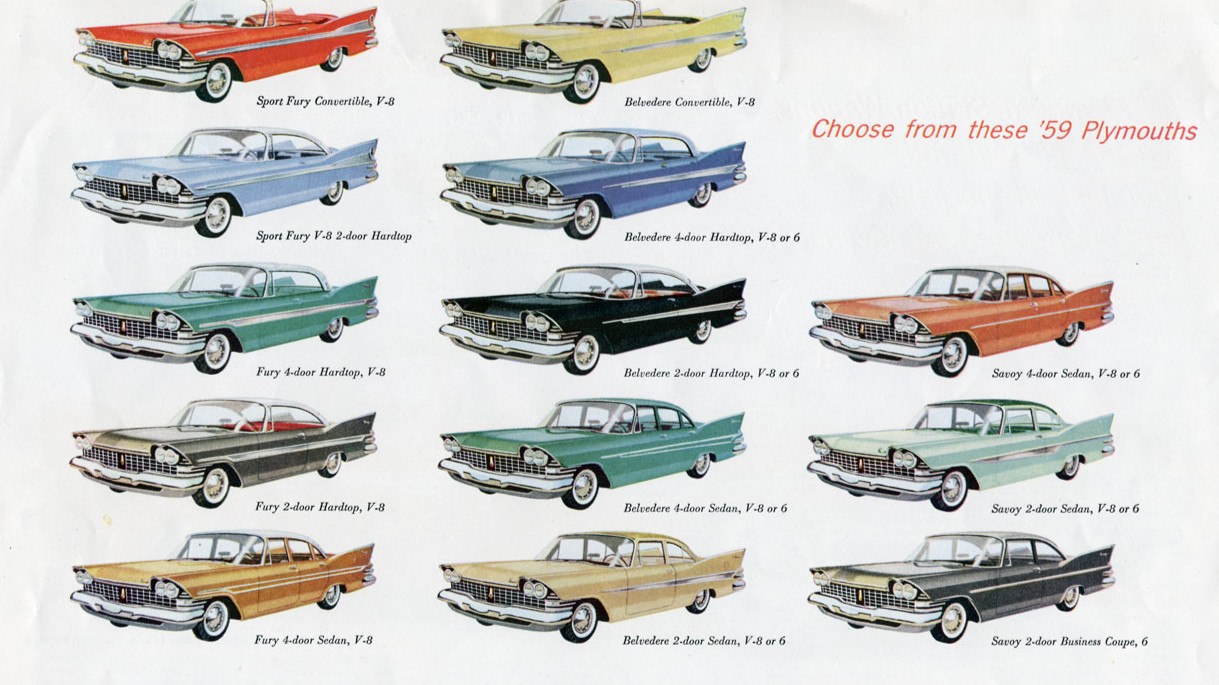
Plymouth Fury
The Fury first appeared in 1956 as a special performance Plymouth model having a very specific image and presentation (a formula exploited much later by the 1964 Pontiac GTO). All Furys were painted Eggshell White with anodized gold trim. This model continued with Plymouth’s 1957 redesign, with Sand Dune White and Buckskin Beige being the respective 1957-58 colors. However, for 1959, Plymouth mainstreamed the Fury name, giving it top billing and pushing Belvedere down a notch.
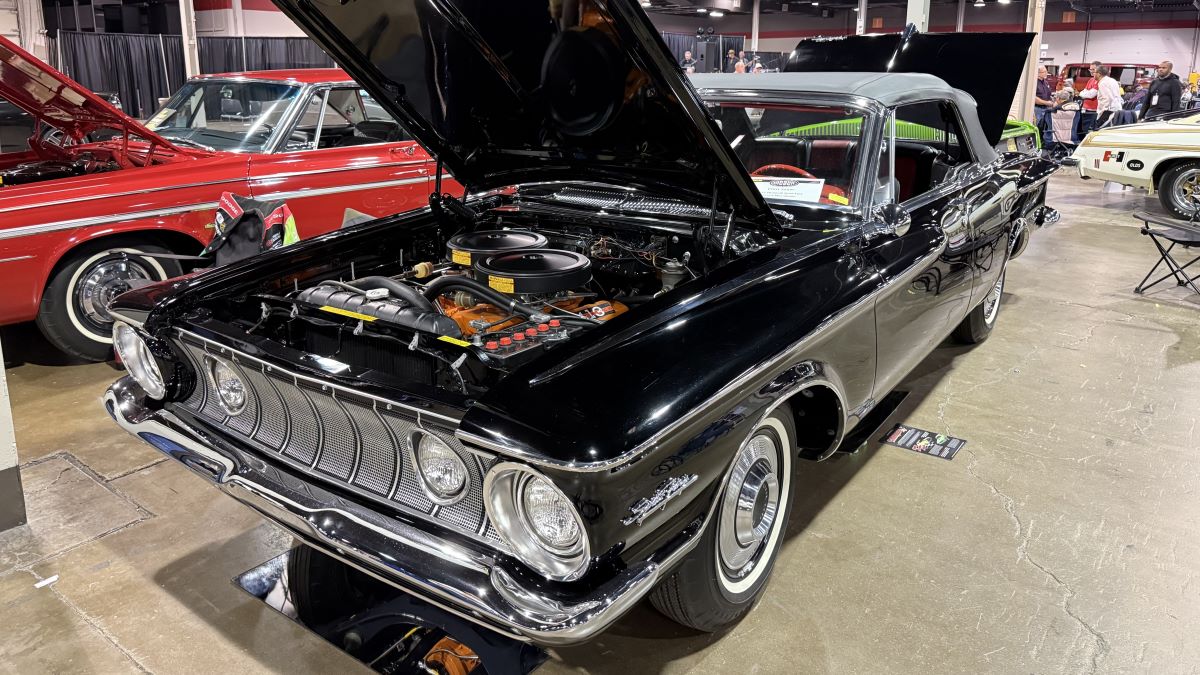
New was the Sport Fury, an heir apparent of sorts to the 1956-58 Fury that included a convertible, though in reality it was more a response to the 1958 Chevrolet Impala. For 1960, the Sport Fury was discontinued, though the name was reintroduced for 1962 as a buckets-and-console hardtop and convertible. Oddly, with “Sport” in its name, the Sport Fury gained a four-door in 1970.
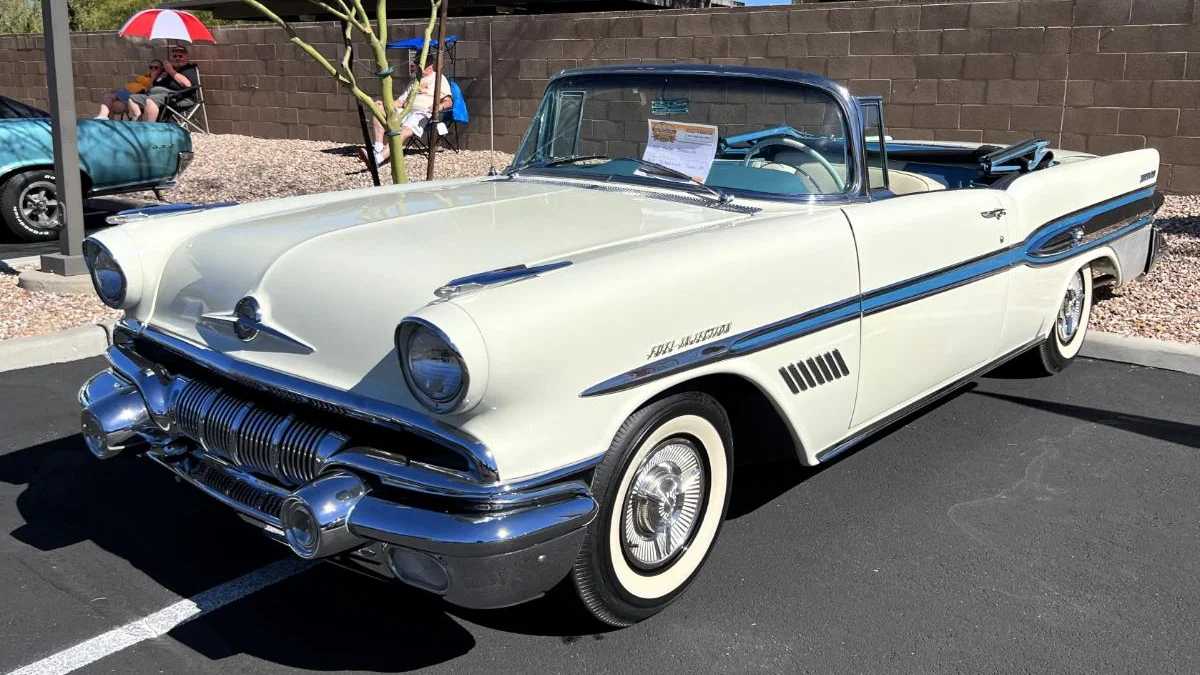
Pontiac Bonneville
The first Bonneville was a very special 1957 halo creation to showcase Pontiac’s new-found youthful and performance identity. Power came from a fuel-injected V8, the only other General Motors product aside of Chevrolet to offer such a feature. Pontiac could be forgiven in 1958 for lowering the price and introducing a hardtop to go along with the droptop, as the car was still distinctive and special but, for 1959, Pontiac renamed its mainstream lineup and made the Bonneville the top model.
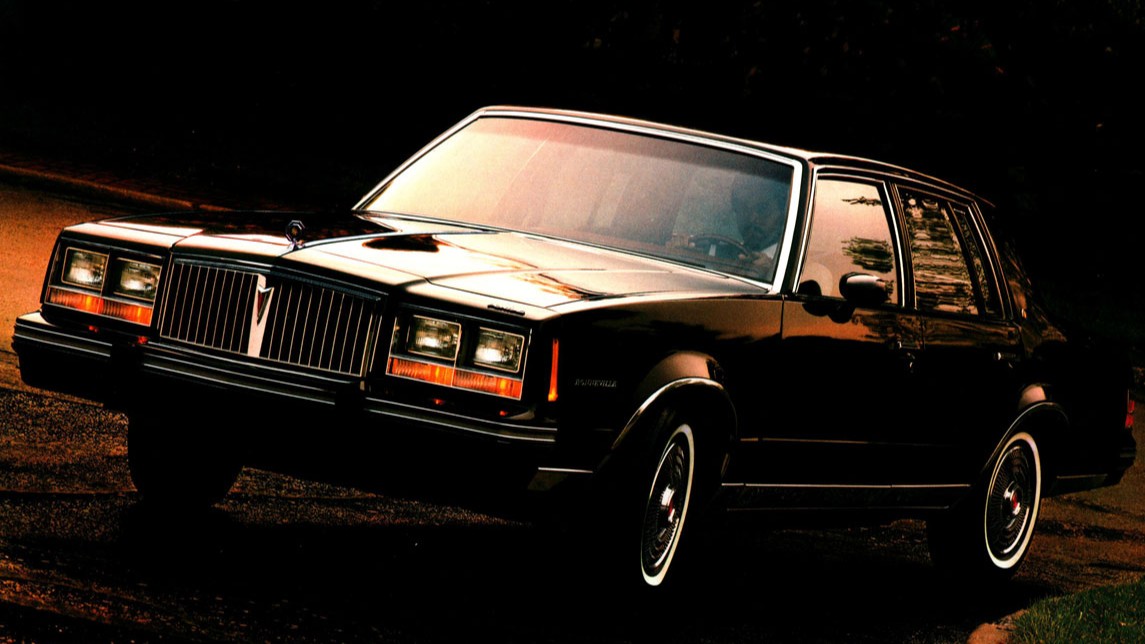
The Bonneville now was a popular model that nicely faked competing against more prestigious Oldsmobile and Buick models but, to add insult to injury, the company created the 1971 Grand Ville and knocked the Bonneville down one rung. This continued through 1975 and, believe it or not, the full-size Bonneville was discontinued when GM discontinues many of its full-size cars. The Bonneville name was ten applied to the former (midsize) LeMans through 1986. For 1987, the Bonneville returned to for, moving up to GM’s FWD H-body platform (and, later, G-body) through 2005.
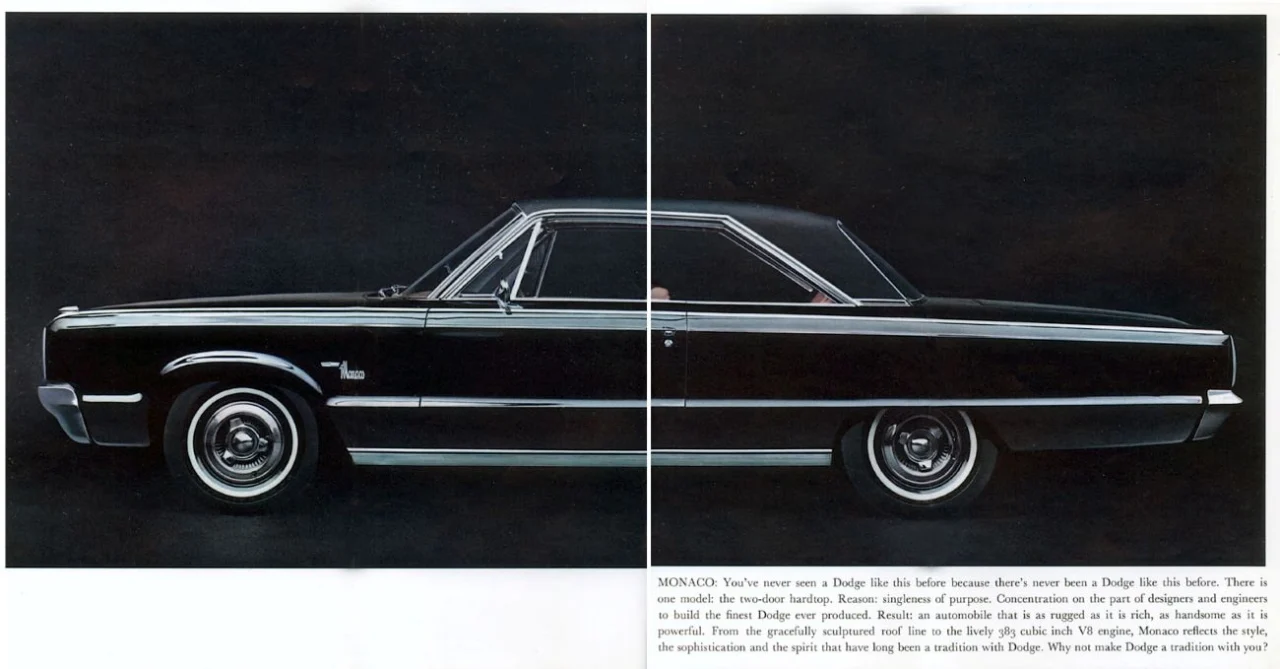
Dodge Monaco
Thanks to the success of the 1962 Pontiac Grand Prix, Dodge introduced the 1965 Monaco in response. It too was only available as a two-door hardtop and included fancy touches like Rattan-backed bucket seats and -lined door panels and unique trim, especially the taillights. However, when Dodge discontinued the Custom 880 for 1966, it applied the Monaco name to the lineup.
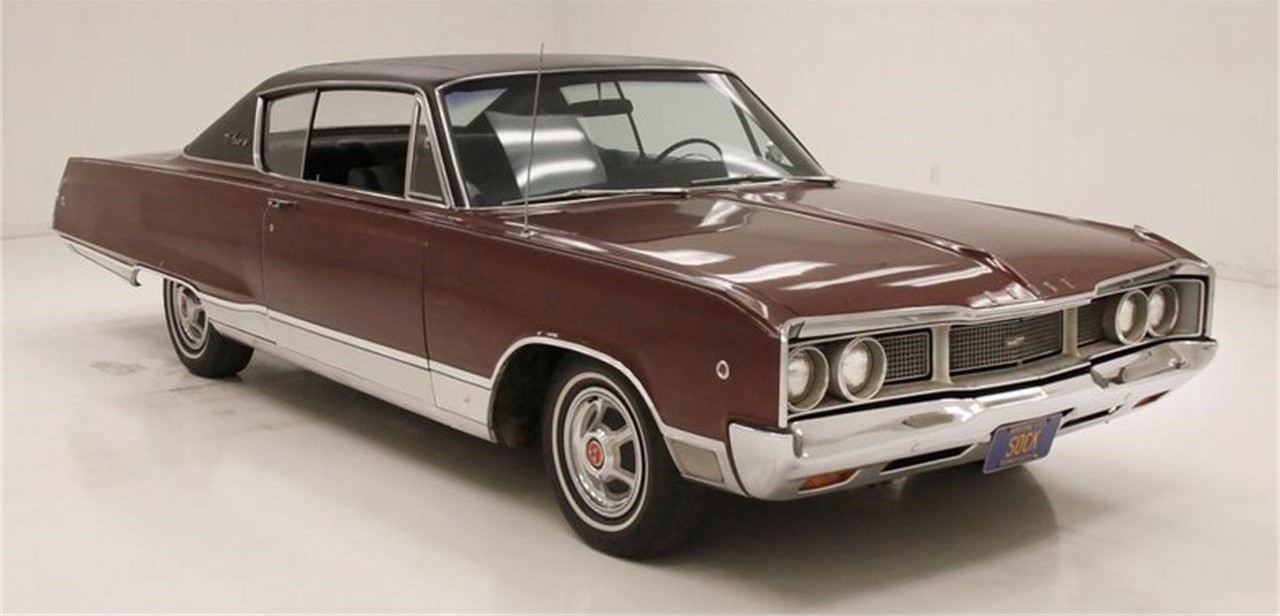
The personal luxury car was now the Monaco 500, and it remained a model or trim package through 1970, with the later years being quite watered down. (Canadians received an altogether different Monaco 500—don’t mix up the two!)
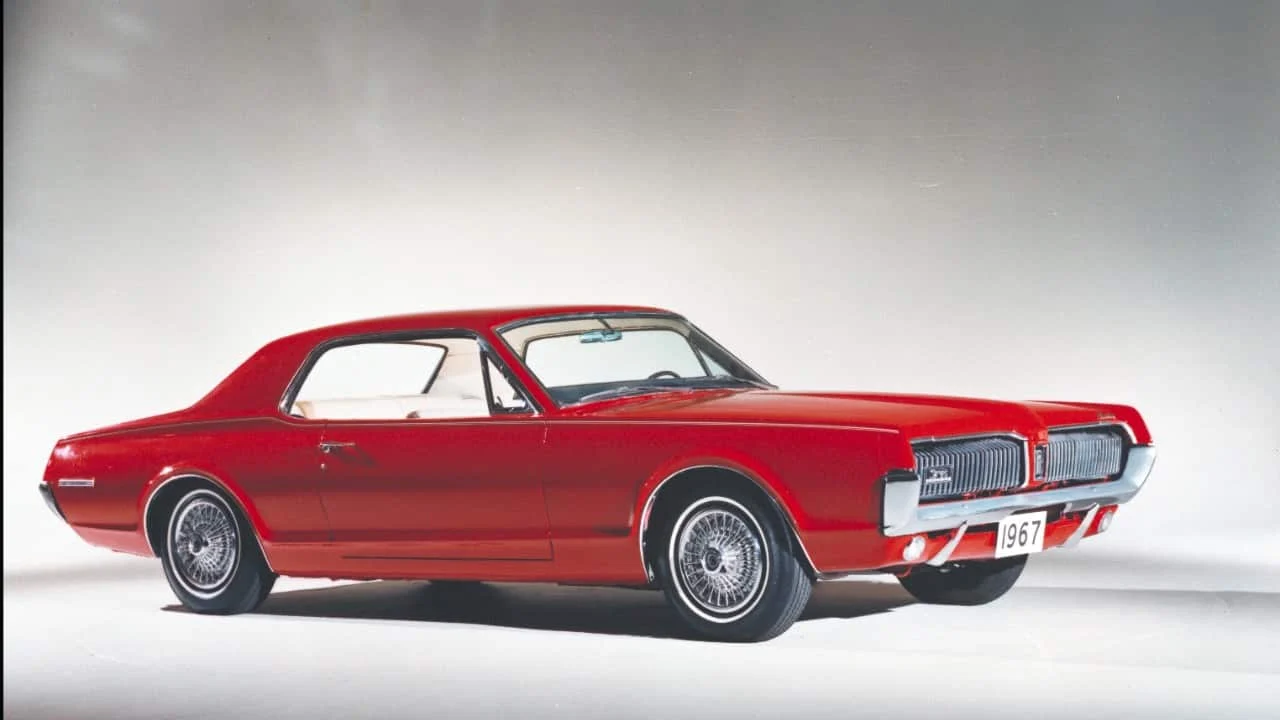
Mercury Cougar
As you know, the original 1967 Mercury Cougar was Ford Motor Company’s bid to offer a more upscale pony car, to much success. While the pony car evolved into a personal luxury car, the Cougar never really strayed from its roots . . . until 1977, when the redesigned personal luxury coupe (now as the XR-7) was joined by a regular two-door, sedan and station wagon, with a fancier Brougham trim level in the middle.
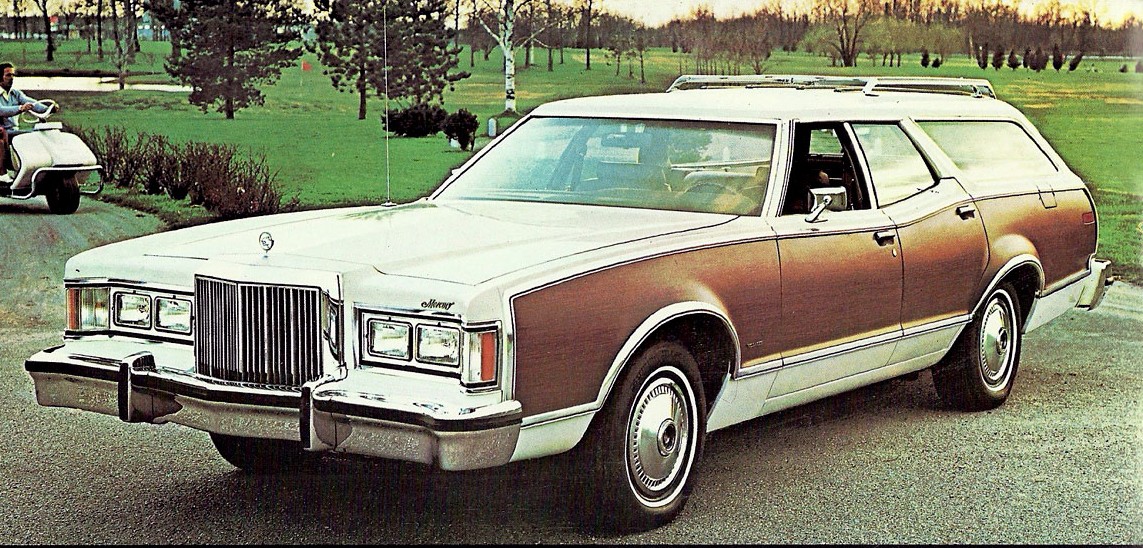
In other words, the XR-7 continued to play the traditional Cougar role, while the Cougar and Cougar Brougham replaced the Montego. This would continue through 1979, upon which the redesigned 1980 Cougar XR-7 remained as the only Cougar. Then, in 1981, Mercury expanded the Cougar line once again, offering two- and four-door sedans and a wagon. For 1983, the Cougar reverted back exclusively as a personal luxury coupe.

